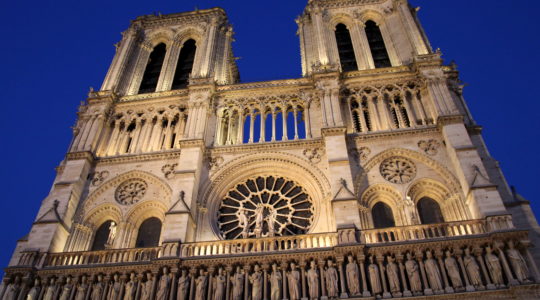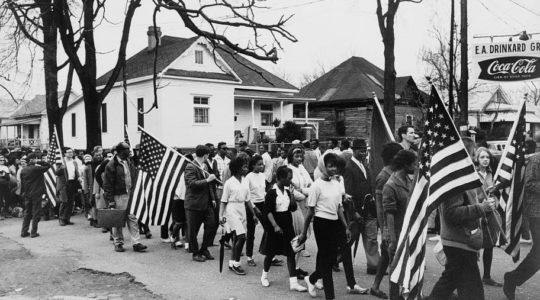Fighting between Moslems and Christians in Lebanon moved close to the Israeli border this morning. Artillery, mortar, machinegun and small arms fire was heard in northern Israel beginning at 4 a.m. local time. The battle was being waged in the valleys west of Marj Ayoun and north of the Israeli border town of Metullah. The combatants are believed to be Christians from Kilya village and Moslems from the mixed village of Kila whose fields extend up to the Israeli border.
As a result of the fighting, Lebanese workers employed in Israel did not show up at the border fence opening at Metullah this morning but others entered through the fence gap at Dovev. The workers said Christian forces were recruiting all males into fighting units. Late reports said Christian forces captured the Moslem village of Hannine near the Israeli border.
Meanwhile, Arab leaders meeting in Riyadh, Saudi Arabia, reportedly got Syria’s assent to a cease-fire in Lebanon. Lebanese Christian leader Camille Chamoun said in Beirut, however, that the Riyadh talks would not bring peace as long as the Palestinians are not brought under control, disarmed and returned to their camps.
In a related development, Israeli newspapers carried reports today that the PLO terrorist All Salameh, who master-minded the 1972 Munich Olympics massacre, was shot and seriously wounded by unidentified non-Israeli agents in Beirut.
Salameh had been a target in the secret war being waged between Israeli and terrorist agents in various parts of the world. Israeli operatives who gunned down the Moroccan Ahmed Boushiki in Norway two years ago and subsequently went to jail there are reported to have mistaken their victim for Salameh. Meanwhile, the El Fatah command was reportedly worried that news of Salameh’s condition might demoralize terrorist ranks.
JTA has documented Jewish history in real-time for over a century. Keep our journalism strong by joining us in supporting independent, award-winning reporting.
The Archive of the Jewish Telegraphic Agency includes articles published from 1923 to 2008. Archive stories reflect the journalistic standards and practices of the time they were published.



